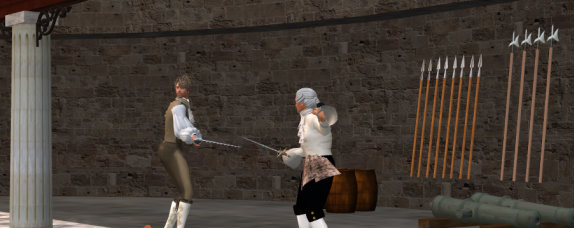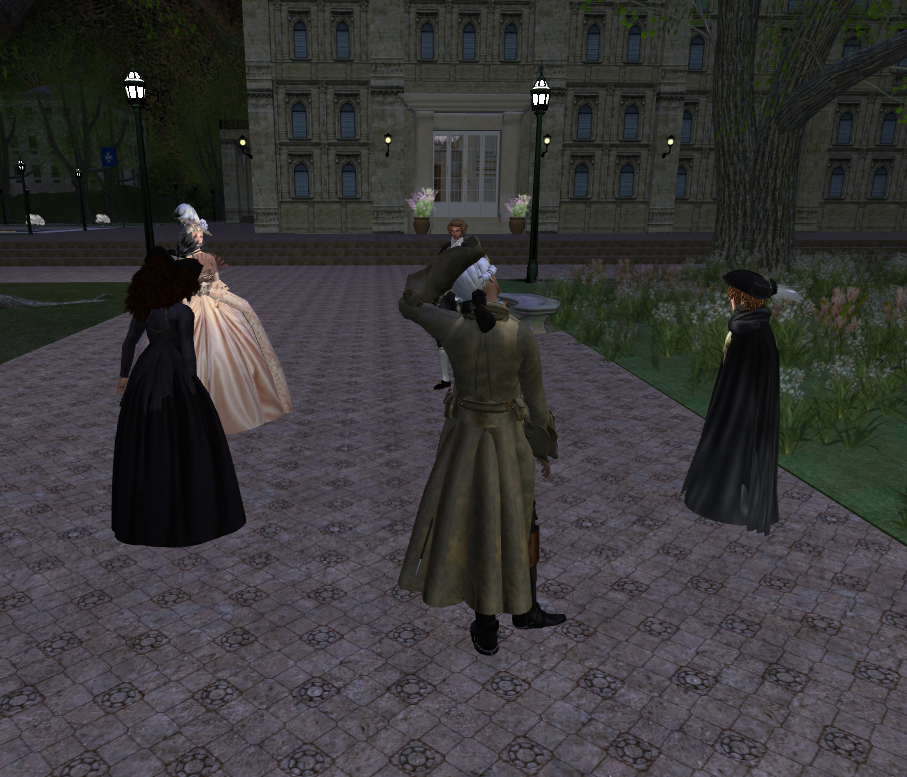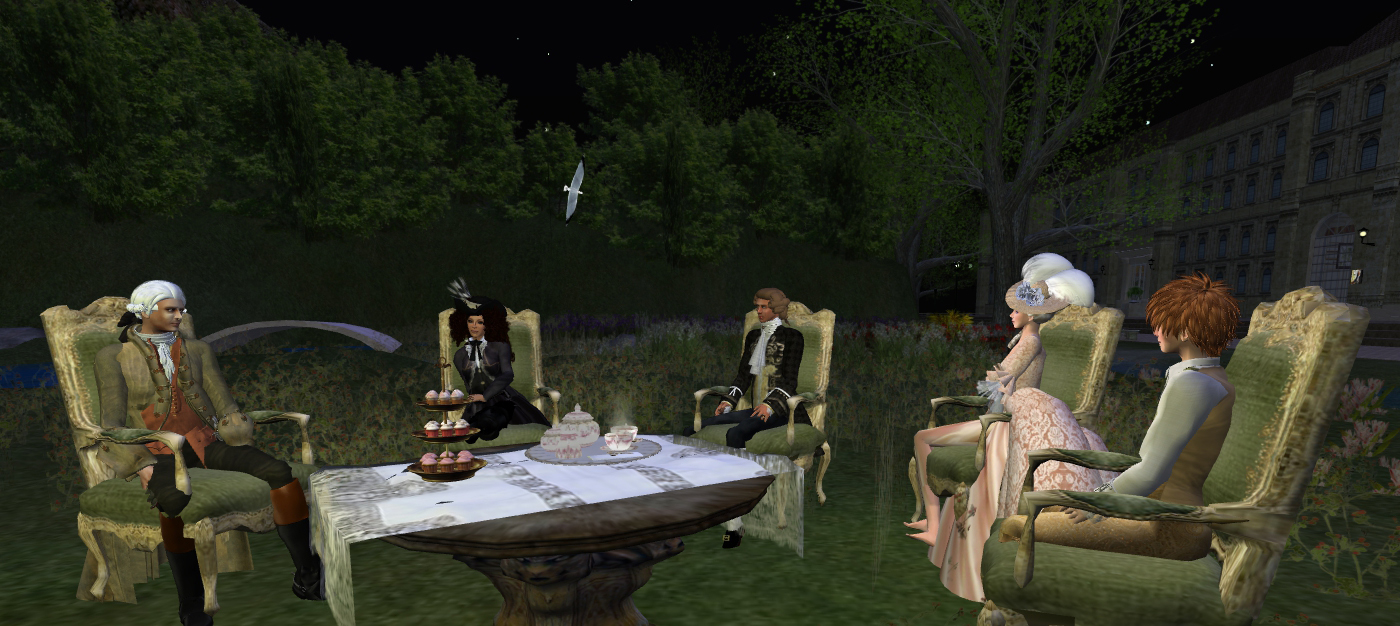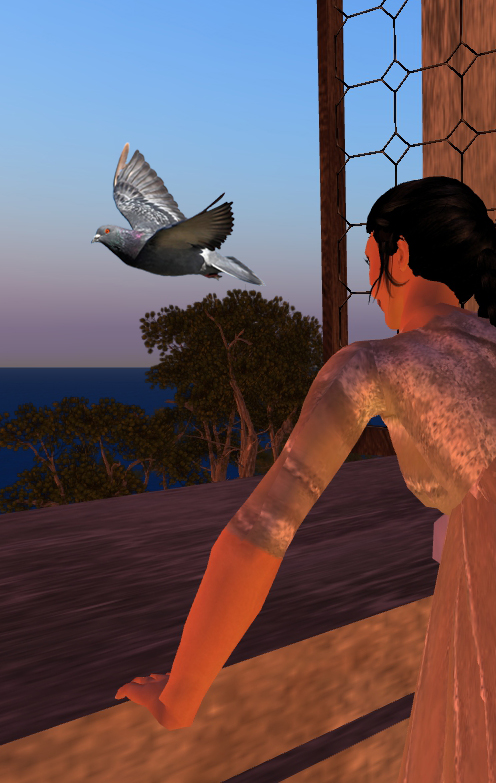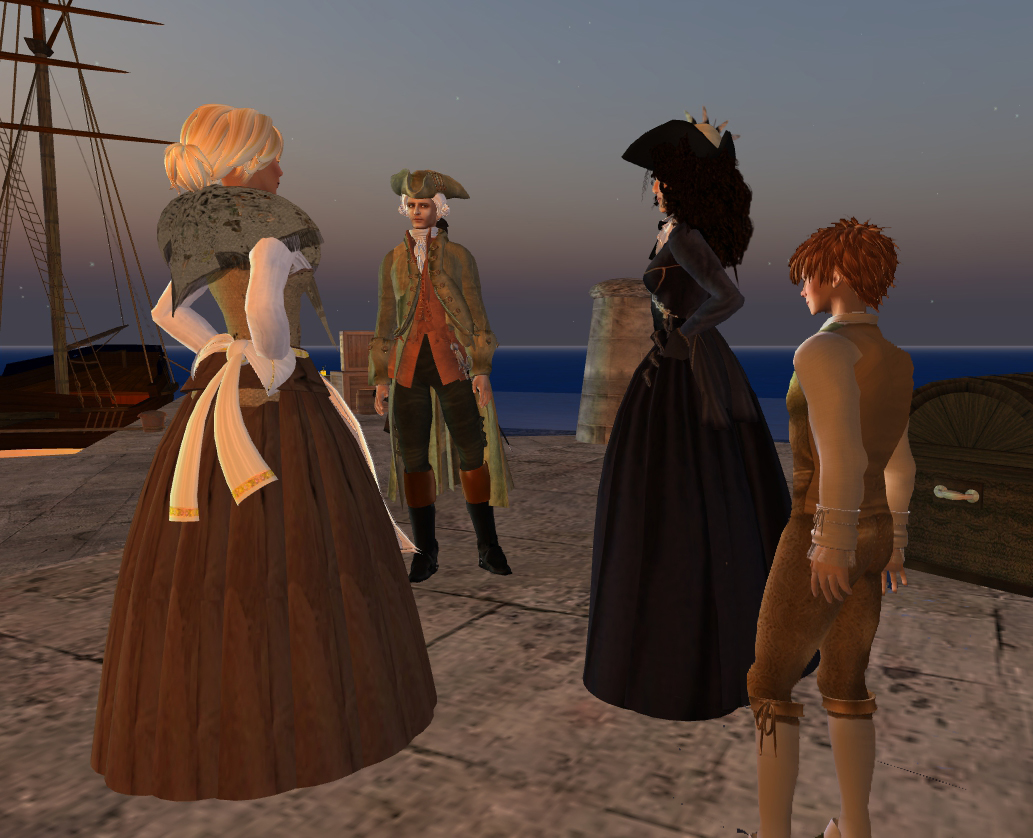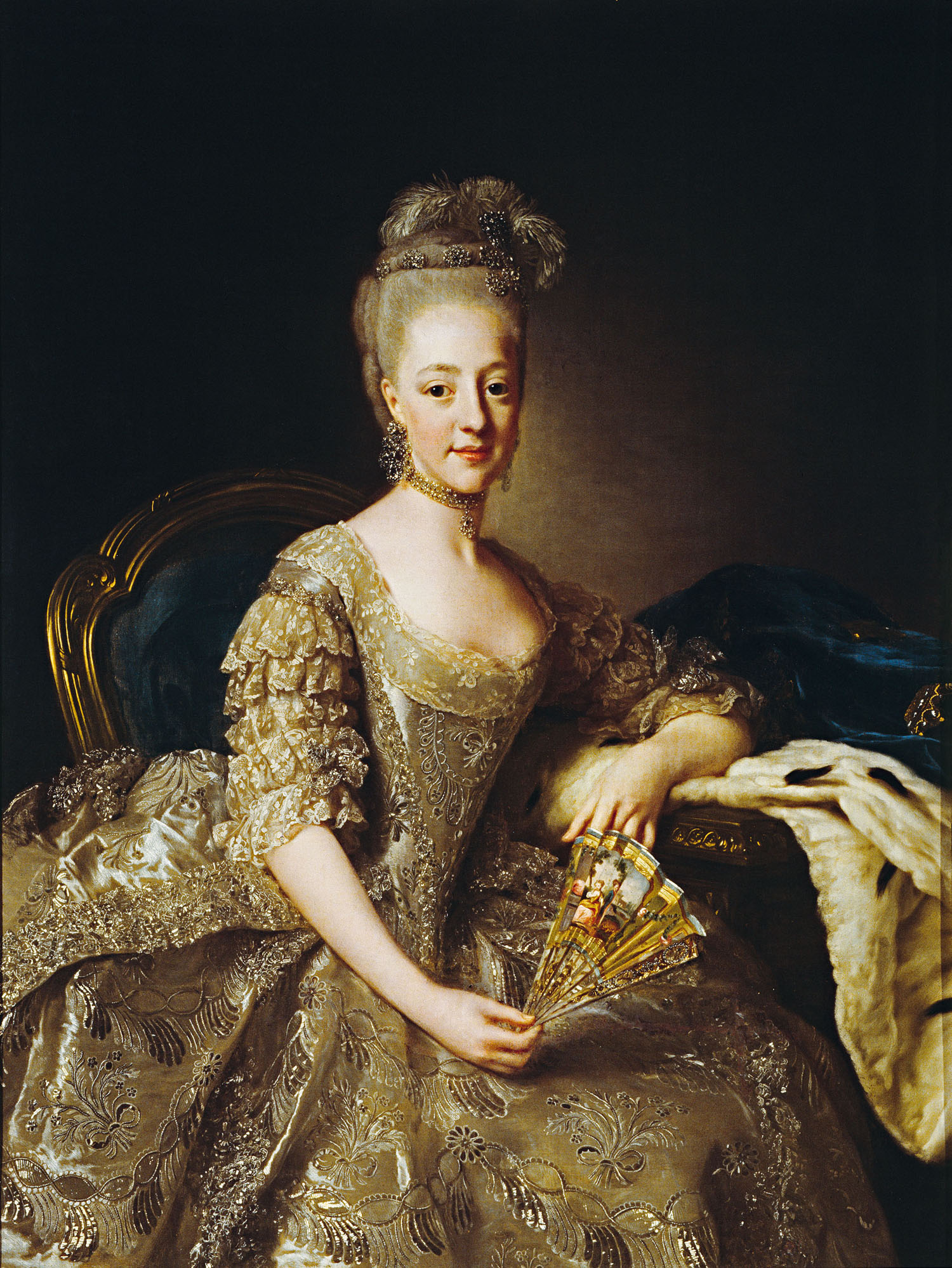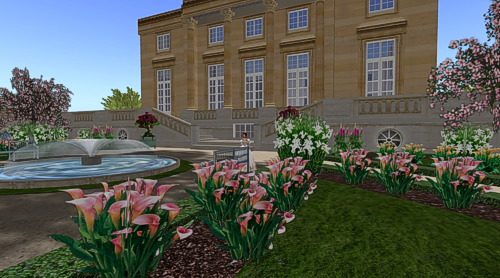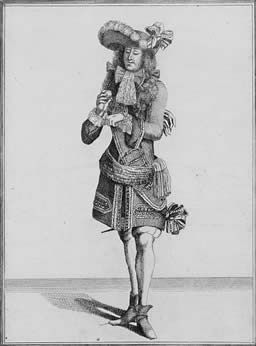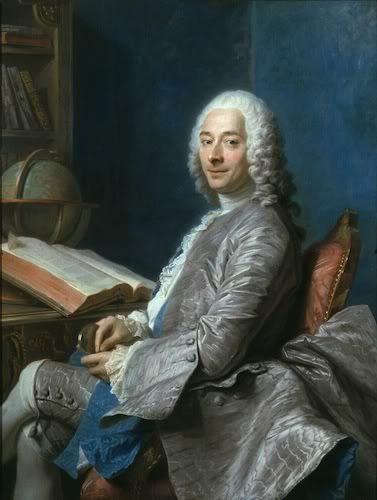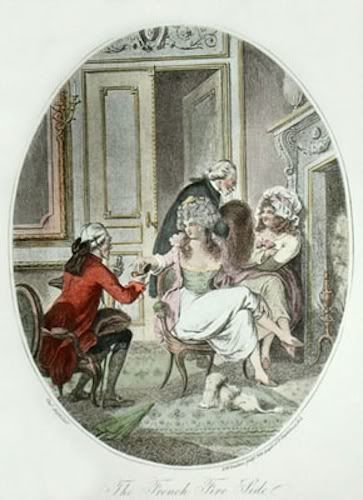Blogs
If anyone ever doubts the seriousness and the adequate medical skills of my 18th century colleagues, well... they have every right to do so. In my continuous journey into the History of Ancient Medicine, i found a splendid article concerning a famous 18th century medical Hoax.
Let me raise the curtains of the stage and present you the curious case of Mary Toft, the woman who gave births to... rabbits...
The Curious Case of Mary Toft (1726)
In September 1726, news reached the court of King George I of the alleged birth of several rabbits to Mary Toft (1703-1763) of Godalming, near Guildford, in Surrey.
Toft was a twenty-five year old illiterate servant, married to Joshua Toft, a journeyman clothier. According to reports, despite having had a miscarriage just a month earlier in August 1726, Mary had still appeared to be pregnant. On September 27th, she went into labour and was attended initially by her neighbour Mary Gill, and then her mother in law Ann Toft. She gave birth to something resembling a liverless cat.
The family decided to call on the help of Guildford obstetrician John Howard. He visited Mary the next day where he was presented with more animal parts which Ann Toft said she had taken from Mary during the night. The following day, Howard returned and helped deliver yet more animal parts. Over the next month Howard recorded that she began producing a rabbit's head, the legs of a cat, and, in a single day, nine dead baby rabbits.
Howard sent letters to some of England's greatest doctors and scientists and the King's secretary, informing them of the miraculous births.

The curious King dispatched two men to investigate to see what they could ascertain about this case: Nathaniel St. Andr, Swiss surgeon-anatomist to the King and Samuel Molyneux, secretary to the Prince of Wales.
By now, news had spread and Mary was a local celebrity which necessitated moving her from Godalming to nearby Guildford so that she could be monitored more closely by John Howard. On November 15th St. Andr and Molyneux arrived at Howard's home in Guildford and were immediately greeted with the news that Mary was in labour with her fifteenth rabbit. Toft gave birth to several more dead rabbits in their presence.
The doctors conducted examinations on the lungs and other internal organs of these rabbits, the results of which showed that they probably did not develop inside Mary's womb. St. Andr, however, still seemed convinced that her case was genuine. He believed that these were indeed supernatural births, and took some of the rabbit specimens back to London to show the King and the Prince of Wales.
As the story of Mary Toft quickly spread through London, the King decided to send a German surgeon, Cyriacus Ahlers, and his friend Mr. Brand to Guildford to investigate the matter further. Ahlers examined Mary and witnessed several of her rabbit births; however, he was not convinced. On examination of the rabbit parts he had taken back to London, Ahlers found that the dung pellets in the rectum of one of the rabbits contained corn, hay and straw, which proved that it could not have developed inside Mary. Ahlers reported back to the King on November 21st that he suspected a hoax with Mary Toft and John Howard in collusion and showed these rabbit specimens as evidence.
Meanwhile, Sir Richard Manningham (1690-1759) - an eminent doctor and midwife among upper class society in London - was contacted by St Andr to attend upon Mary Toft. After observing her and seeing her give birth to what he believed was a hog's bladder, he also seemed unconvinced. But he was persuaded to keep his doubts to himself by Howard and St. Andr until there was proof of any fraud. Howard and St. Andr were trying to save their reputations in the light of what Ahlers had concluded.
The story came to the attention of the press and caused a national sensation. Interest in monstrosities and willingness to pay to see them was common in Europe in the mid 18th century. It is not hard to see why a poor family like the Tofts saw a way to make money with what seems, at first, a ridiculous scheme, as monstrous or deformed people had been exhibited, at a price, all over Europe for hundreds of years, with poor and wealthy alike equally fascinated.
Mary Toft's explanation for her strange births was that, in April 1726, she had been working in a field and was startled by a rabbit. She, and another woman, ran after it, and but could not catch it. They also failed to catch another rabbit that they had chased. "That same Night she dreamt she was in a Field with those two Rabbets in her Lap, and awakened with a sick Fit, which lasted till Morning; from that time, for above three months, she had a constant and strong desire to eat Rabbits, but being very poor and indigent could not procure any."

St Andr published his account of the affair, A Short Narrative of an Extraordinary Delivery of Rabbets on 3rd December 1726. Dr. James Douglas (1675-1742), the respected anatomist and man midwife, read the draft of this book and declared it 'nothing but a collection of impossibilities'.
'Maternal impression', according to medical theory, was a phenomenon that explained the existence of birth defects and congenital disorders. The theory was that an emotional stimulus experienced by a pregnant woman (such as Mary's rabbit dreams and her desire for rabbit meat) could influence the development of the foetus. Mental problems, such as depression or schizophrenia were believed to be a manifestation of similar feelings in the mother. For instance, a woman who experienced great sadness whilst pregnant might imprint depressive tendencies onto the foetus she was carrying.
A famous example of this theory is the case of Joseph Merrick (1862-1890), the so-called Elephant Man.He wrote in his autobiographical pamphlet 'The deformity which I am now exhibiting was caused by my mother being frightened by an Elephant; my mother was going along the street when a procession of Animals was passing by, there was a terrible crush of people to see them, and unfortunately she was pushed under the Elephant's feet, which frightened her very much; this occurring during a time of pregnancy was the cause of my deformity'. The fact that he was able to say this as if it were a literal fact is quite a telling example of how many people still believed in this theory in the mid to late 19th century. Five months after the Mary Toft affair was exposed as a hoax, James Blondel published his The Strength of Imagination in Pregnant Women Examin'd in which he challenged the belief in the prenatal influence of the imagination. The debate he started continued well into the next century.
On November 29th, Mary Toft was brought to Lacy's Bagnio (bath house) in London's Leicester Fields, where she could be observed more closely. St Andr contacted Dr. James Douglas and asked him to come to the bagnio to observe Mary's rabbit births.
By the time Douglas arrived, he found himself in the company of a large crowd of doctors and medical men who had been summoned by St. Andr. Unfortunately for St. Andr, who was desperate to have Douglas validate the rabbit births, Douglas believed the whole affair to be a fraud.

Between 30th November and 3rd December, opinion was divided among the medical men gathered there. Mary produced no more new rabbits, but continued to appear to go into labour. She was also badly infected and had fits which made her lose consciousness.
Shortly thereafter, a porter at Mr. Lacy's bagnio was caught trying to sneak a rabbit into Mary Toft's room. He confessed to Douglas and Manningham that Margaret Toft (Mary's sister-in-law) had asked him to procure the smallest rabbit he could find. Manningham and Douglas were determined to obtain a confession of guilt from Mary but decided to see if she would incriminate herself. They didn't have long to wait as she went into labour on 4th December but produced nothing. On that evening they called Sir Thomas Clarges, Justice of the Peace, to the bagnio. The porter, Thomas Howard, swore a deposition before him and Clarges immediately took Mary into custody for questioning but she would admit nothing. Over the next two days, much pressure was put upon her to confess but Mary held out until Sir Richard Manningham threatened to perform painful experimental surgery on her to see if she was formed differently from other women. Toft was forced to admit on 7th December 1726 that she had manually inserted dead rabbits into her vagina and then allowed them to be removed as if she were giving birth.
In several different confessions, she implicated a mysterious stranger, the wife of the organ grinder, her mother in law, and John Howard.
On the 9th December, Mary Toft was charged with being a "Notorious and Vile Cheat" and sent to Bridewell prison where, allegedly, she was exhibited to large, curious crowds by her warders.
In the aftermath of the hoax, the medical profession suffered a great deal of mockery for what the public viewed as its gullibility. On December 9th, St. Andr had an advertisement published in the Daily Journal to try and vindicate his own behaviour.
Doctors responded to the Toft affair in print as many were concerned that the episode had damaged the reputation, not only of the doctors involved, but of the profession as a whole.
One of the many tracts and pamphlets that appeared during the saga was The Anatomist Dissected by 'Lemuel Gulliver'. Jonathan Swift had published his satire Gulliver's Travels in 1726. This pamphlet claims that Lemuel Gulliver - "Surgeon and Anatomist to the Kings of Lilliput and Blefescu, and Fellow of the Academy of Sciences in Balnibarbi" - is its author.
The case also proved to be irresistible to contemporary artists. In this satirical print, William Hogarth pokes fun at the incompetence of the early 1700s medical profession. All the main characters in the Toft saga are featured, the doctors being shown as ignorant and credulous fools.
Many Britons were angry about the Hanoverian King's preference for German- speaking courtiers and physicians. This is amply demonstrated by the plethora of pamphlets and drawings that appeared in the wake of the Toft scandal, ridiculing St. Andr and the German court physicians and depicting them as gullible or, even worse, as charlatans.
Public interest in the case died out by around January of the following year, but the repercussions continued for those involved. For Sir Richard Manningham and James Douglas there had been temporary embarrassment regarding their close connection with the affair but their careers and reputations were secure.
St Andr , however, lost favour with the court and, as his reputation plummeted, his patients deserted him. He retired from London and eventually died in poverty in an almshouse in Southampton. John Howard had to answer charges of being concerned in the 'Cheat and Conspiracy of Mary Toft' but the case against him was dropped and he remained a respected figure in Guildford.
As for Mary Toft, the case against her was dismissed, not for lack of proof of guilt, but probably because of the further embarrassment to the establishment that would ensue if the case were pursued any further. She spent a few months in jail then returned to relative obscurity. In the years that followed the scandal, the Duke of Richmond (who had a residence near Godalming) sometimes showed her at dinner parties for the curiosity of his guests. In April 1740 Mary was charged with receiving stolen goods and committed to the House of Correction in Guildford but was later acquitted by the jury. She died on 13th January 1763. The London papers' obituary columns announced her death alongside those of peers and statesmen.

* * *
The complete original article can be found here:
the fencing activities have got me looking for more information and I found this wonderful bit:
I especially love the last line about a man who wears a sword without knowing how to use it is as ridiculous as a man who has books but can't read
Yes...an interesting day. Not the least of which was watching the two masters at work. The Conte di Loredan and Signor Verne. They are very closely matched, although the one is a good bit taller, with a bit more reach. When I fence with Signor Verne, I always feel as though I am thoroughly outclassed, but it is an honor and a pleasure to cross blades with someone so knowledgeable and such a gentleman.
...................
As we were passing so close, I insisted we stopped to pay our respects to the Prince and Princess of Amalfi.
It was late when we arrived, but they nevertheless treated us to their famous hospitality.
By Dawn we were once more on the ship and sailing through the straights of Messina.
I greatly look forwards to seeing you, and will endeavour to send news as I can along the journey.
Your loving Daughter
Elena
Melioria, May 1781
Dearest Father,
I received your request for my return early in the morning, which gave me plenty of time to pack and prepare for the journey.
I was lucky to be able to find the apprentice Fiorino, now grown much taller than when you last saw him. He and the other boys sailed for the mainland, but he returned alone. He seems very subdued and reluctant to tell me where they were trying to go, and what has happened to the other boys. I have, however, sent Zuanne to the mainland to see if he can pick up their trail. He will make his own way back to Venezia.
I am, however not travelling alone as I shall be bringing Fiorino back with me. Also a Sior Mercury Gandt will be accompanying us back to Venice. I think you will be interested in meeting this young man, as I believe he has hidden talents which may be of use to you.
Originally from England, he presents himself as a penniless man of fortune. He fancies himself a gambler but is eager to escape his creditors, as his talents do not seem to lie in games of Fortunes. My instincts tell me there is more to him than meets the eye, and I look forwards to your opinion.
We managed to leave on the evening tide and began our journey south.
(To be continued)
Tourraine, 7th of May 1770.
Dear diary,
I received a letter from my cousin Jan in Flanders regarding some bad news. It seems Abb Abelard, my dear friend who once learned me to write and read, is dying. Of course he has already a respectable age, and lived a good life, but still... It nevertheless moved my heart. Father Abelard has the wish to see me before he goes to Heaven.
I owe him a lot. After all it was he who noticed so long ago that i, although being a streetkid, had some intellectual qualities. It was he who came to my mom and asked her if he could give me some education. Mom always yelled at us, "that we were doomed to become like that useless father of ours", but nevertheless at that very moment she was as proud as a (giant) peacock (and showed that immediatly by hitting me on the head and yelling that she agreed, but if i ever would get 'fancy manners' she would kick me some reason in my useless brains). The fact that she secretly blowed her nose in that gigantic apron of hers made me realize that she was emotionally moved.
Anyway, thanks to the Abb i learned to read and write and set my first steps on the long path of medicine. I told my beloved wife that we have no other alternative than packing and going on a long journey back to Flanders, to grant that last wish of my dear friend. Most of our belongings are already packed in my well known crates and we are ready to leave la Chasseresse.
Lets hope we will arrive in time (at this point i must admit that Stormy is a bit afraid to finally meet my parents).
P.
My face is not that of a beauty, on the contrary I myself have difficulty tolerating it, and personally think [...] that I have a highly impertinent appearance, which [...] would mostly seem to invite a box on the ears [...]. I detest flattery, but welcome praise where praise is due, and I like to please, although more by the qualities of my heart that by my appearance.
Hedvig Elisabeth Charlotta Dagbok I (Diary, vol. 1)
Hedwig Elisabeth Charlotte,one of the beauties of the gustavian court, kept a diary between 1775-1817,and is a good source for information about the swedish court during these years.I found and intersting article about it:
Between 1775 and 1817, Duchess Hedvig Elisabeth Charlotta (1759-1818) wrote a voluminous diary of more than 4600 printed pages. She had come to Sweden in 1774, a fifteen-year-old German princess, to marry King Gustaf IIIs brother, Karl; the following year she started keeping a diary. The marriage was unhappy. Duke Karl was renowned for his sexual escapades with ladies-in-waiting and actresses, activities which he suspended for only a brief period after his marriage. Hedvig Elisabeth Charlotta bore him two children, in 1797 and 1798 respectively, but neither survived. Her hopes of finally becoming a mother, and thereby having a meaningful existence, were thus crushed. In 1809, she became Queen of Sweden when her husband ascended the throne as Karl XIII.
Hedvig Elisabeth Charlottas diary is one of the most important historical documents relating to the Gustavian and post-Gustavian era. It was written in French, and drawn up as monthly letters summarising the most significant events at court during the preceding month. Having initially favoured descriptions of court parties and entertainments, which to a large extent consisted of theatre performances arranged by Gustaf III, as she grew older Hedvig Elisabeth Charlotta became increasingly interested in political issues.
In order to fill the lonely vacuum and to have an ongoing occupation, both worthy of me and at the same time agreeable, for my active mind, I decided to write down everything that occurred before my eyes. However, she writes in a preface, it would be far too dull to write only for herself: she needed someone to write to, someone to write for. The entries in the diary are addressed to a woman of her own age, her best friend since her arrival in Sweden: Sophie von Fersen, who became Sophie Piper upon her marriage in 1778. Like Hedvig Elisabeth Charlotta, Sophie Piper was trapped in a marriage of convenience. Sophie Piper is the diarys ideal reader, the one being spoken to: You desire of me, my dear friend, a meticulous account concerning everything that occurs here.
The diary also, however, addresses itself to posterity, and gradually assumes the character of court chronicle and political document.
Over the years, Hedvig Elisabeth Charlotta also wrote thousands of letters to Sophie Piper, alongside the diary affectionate, tyrannical, romantic letters, full of the Pre-Romantic nurturing of friendship. And it is quite obvious that friendship and dialogue with Sophie are the motive powers in her extensive writing project. These discourses keep her pen writing and her heart beating, even when the two friends are apart.
Time and again she returns, in reality and in her thoughts, to the bosquet dlicieux , the delightful bower in the park of Rosersberg Palace, where she and Sophie sat in affectionate conversation. She later sits there alone, reading and dreaming. And from here she writes to her friend, telling her how she longs for her, and reminding her of the everlasting friendship they have vowed one another. The bower becomes the symbol of the magic ring their friendship had drawn around the two women: a secluded place for whispered confidences, affectionate glances, and playful comments about the surrounding world.
A little verse written by Hedwig,about her friendship with Sophie Piper:
For corrupted hearts, friendship is not made. / O, divine friendship! Consummate bliss! / The only excitement of the soul in which exaggeration is allowed [...].
original text found at: http://nordicwomensliterature.net/article/what-occurred-my-eyes
Petit Trianon: French Garden Parterre SL (Bumblebee view)
An early spring has given me the gift of renewed energy &inspiration which I am using to tackle my favourite Second Life (SL)endeavour, the Petit Trianon. This project has languished for far too long but improvements to SL building tools were just what was needed to help get it off of the ground again. So what did I do? I pulled the whole place apart and started again!!
Though this has resulted in more than a few holes in the walls& floors (if you come for a visit make sure to watch your step) I'm very excited about the progress I have been making. I'm currently working on the exterior facades and if you know anything about the Petit Trianon it's that each side of the building has its own unique character.
The side facing the French Garden is probably the most beautiful and the most complex with its impressive terrace and a parterre that provides an introduction to Le Jardin Franais home to the French Pavilion . It's very interesting to note that beneath the terrace is a network of passageways which were used to keep the servants out of sight and facilitate their movement from the outdoors to the kitchen and preparation areas of the Ground Floor. For some reason those passageways were always my particular bte noire when building so I'm very relieved to have them almost finished.
Tobacco use by todays standards is often taboo, or frowned upon by society, but as I am sure most of us know, it has not always been like that. In fact, some forms of tobacco use were actually considered elegant and stylish. During the eighteenth century, tobacco use in Europe took on the very fashionable form of snuff.
A stylish man taking snuff from his hand.
Snuff is simply powdered tobacco. It can be plain, or scented with essential oils from herbs, flowers, or fruits. Snuff is gently sniffed (or snuffed) through the nose. The snuff should stay in the front of ones nose, sniffing too hard (snorting) can cause the snuff to go too far up the nose and hit the throat, thus ruining the lovely sensation that goes along with snuff taking.
A french man taking a pinch from his snuffbox.
Snuff was used as a social medium of self-projection, separating the wealthy aristocracy from the common people, who still smoked their clay pipes.* Snuff taking grew quickly in popularity, and reached proportions which are hardly imaginable today. Like a cane or a fan, the small highly decorated snuffboxes were very fashionable accessories for men and women. Women did not take to the habit of smoking, but they readily took up snuff, as many books on etiquette of the 18th century period refer to proper snuff taking. The wealthy and fashionable not only had different boxes and a variety of flavors of snuff, but many even had a different box for each change of outfit!**
A woman being offered snuff.
Rich fashionable men often would gather with their snuffboxes and offer each other different opinions in snuff etiquette with complicated and fantastic rituals that went along with snuff taking. When having guests, a host would often offer his or her snuffbox from which the guests could take a pinch.
Sources
* http://www.tobaccocollection.com/
**Bourne, Ursula "Snuff" C.I. Thomas & Sons. 1990. (Book)

